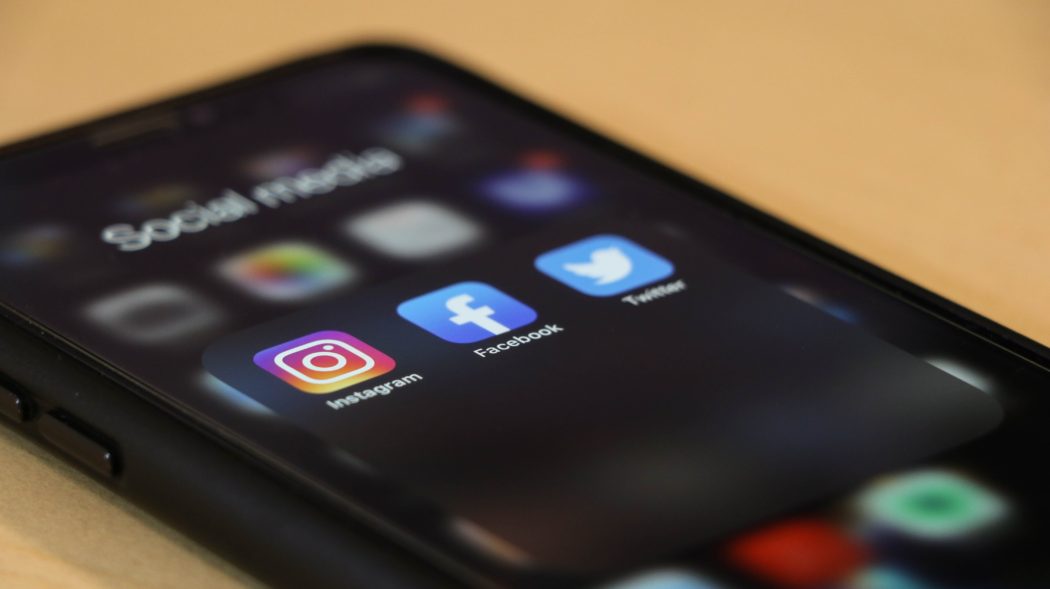Opinion: The problem with performative activism
The Atlanta shootings on March 16 and the Colorado shooting on March 22 are yet another example of the gun problem in the United States. However, these shootings have also revealed the problem of performative activism that has sprung up since the murder of George Floyd.
Performative activism is rampant on social media: think stylized graphics posted on Instagram, Snapchat, or Facebook stories for seemingly no reason other than to make someone look good.
Yet performative activism is not limited to individuals — it also applies to corporations. A notable example of performative activism from corporations happens yearly during Pride Month. Businesses like H&M will sell clothing with rainbows and other Pride symbols during June but do nothing to support the LGBTQ+ community.
This is problematic because it allows people to use tragedies, racism, and other forms of discrimination as a way to make themselves look and feel good without actually solving the problem.
Another issue with performative activism is that the voices of the oppressed are drowned out by the voices of the righteous. The best way to create change for the better is to listen and uplift the voices of the people affected by these issues, not speak for them.
Activism is something that’s needed, but performative action is useless and can harm movements. Blackout Tuesday flooded #BlackLivesMatter, burying important information and resources found in the hashtag last summer. Performative allyship doesn’t help POC or other minorities know who to turn to when they need help.
In order to get a better idea of how performative activism impacts people affected by racism, I interviewed my friends from Minnesota, Kirsten Dieu and Kayla Dinh, who are Vietnamese-American.
Kirsten said that seeing people post about the Atlanta shootings made her “feel good” that people were spreading the message about Asian hate, but there was an irony to the situation.
Both Kayla and Kirsten saw people who have mocked Asian cultures post infographics about what happened and how to help, which made them doubt the sincerity of the post. They have also seen a new wave of people saying it’s “anti-black” to care about Asian issues, which is obviously not true.
“Asians are often seen as the ‘model minority,’ which makes people think that we don’t need help,” Kirsten said. Asian issues are often dismissed as trivial, despite the increase in Asian hate crimes due to the pandemic.
It is important to note that conversations and posts on social media spread awareness, but there’s a fine line. Encouraging conversation and education around these issues is important, but there is much more to be done than posting about them on social media. Additionally, if someone is not directly affected by the issues they’re talking about, they should take the backseat and uplift the voices of those affected.
Another huge problem with performative activism is that it can become a competition to prove how ‘woke’ you are.
Writer John Metta makes an excellent point: “I can think of no greater support to the structures of white patriarchy than for a white person to shame a white man for making a good faith effort at understanding the lives of others and his place in building an equitable world.” He goes on to expand that true progress comes from people who actively try to be better, even if they don’t post anything on social media.
An easy way to combat performative activism is to put the money where our mouths are. Going out to protests, supporting minority-owned businesses and communities, signing petitions, and pressuring legislatures for change does far more than a post on social media every couple of weeks.

Ella Olson is an opinion writer at the Statesman. She’s originally from Minneapolis, Minnesota and enjoys reading, debate, and hammocking.
ella.olson@usu.edu

